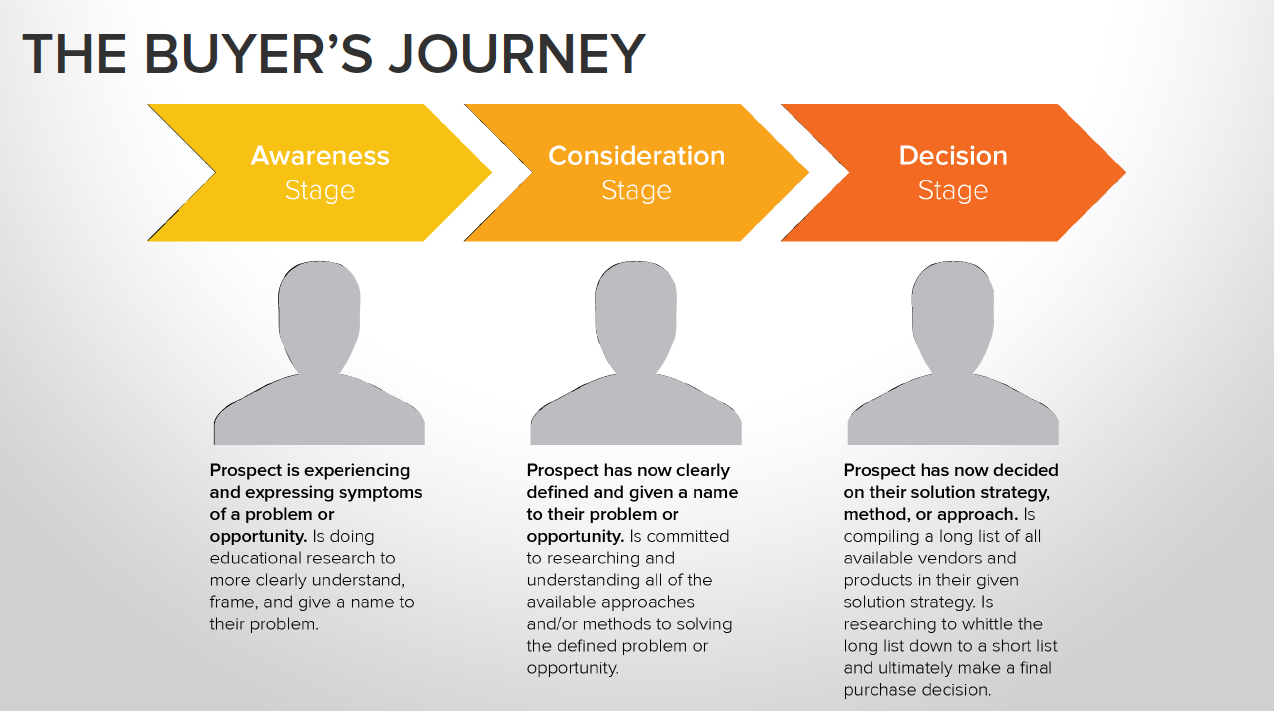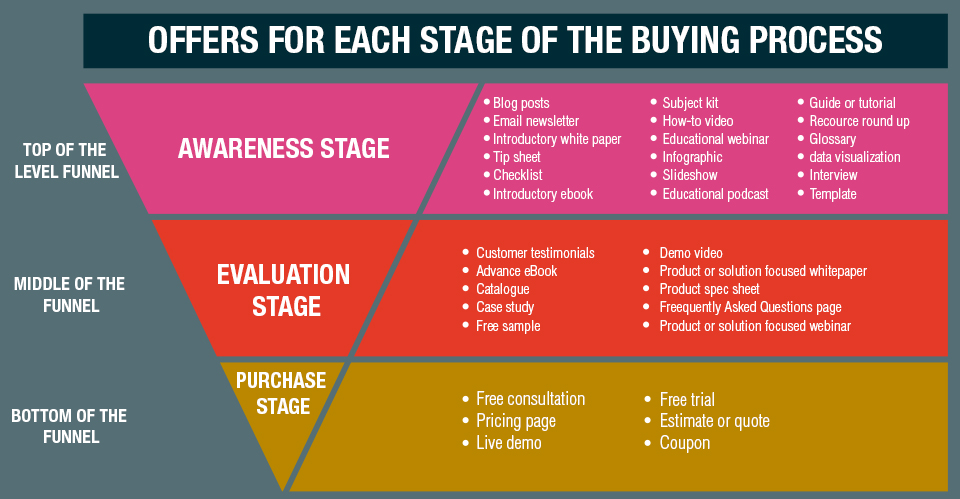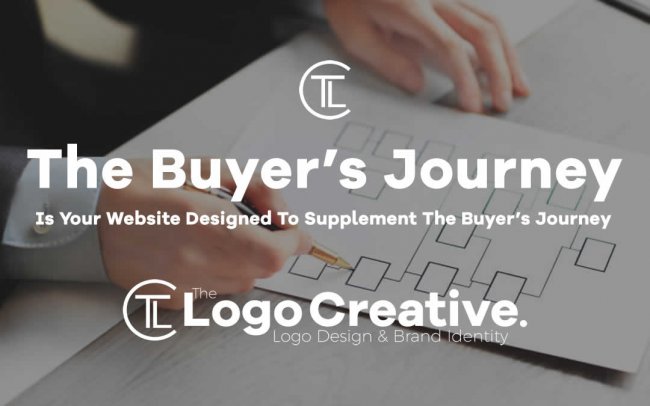Your website is the online headquarter of your business. While the first instinct would be to make it as you please, everything you do online should be aimed at pleasing the consumer. Better user experience is something that all businesses need to focus on, to achieve success.
If you are selling a product or a service online, you probably have a conversion funnel in place. However, even after having a systematic approach in place, and creating quality content, if you are experiencing stagnant growth, maybe it is time to look at the conversion funnel from the perspective of your customer.
That is, instead of creating content for a conversion funnel, the objective should be to create content for the buyer’s journey.
Table of Contents
What is a Buyer’s Journey?
A buyer’s journey, just as the name suggests, is the steps taken by your ideal buyer, in order to arrive at a purchase decision that ideally, should be in the favor of your business. The Buyer’s Journey consists of 4 stages:
- Awareness
- Interest
- Consideration
- Purchase

At every stage, the objective is to nurture potential buyers with relevant content in order to move them to the next stage, and ultimately, make the decision of purchasing from your brand. All content present on your website, and inside your online marketing collaterals should be structured to supplement the buyer’s journey. If you are not already doing that, this guide is going to help you.
Stage: 1 (Awareness)
In the awareness stage, the buyer has just realized that they have a problem that needs a solution. In short, they become aware of a need. So naturally, they start Googling if other people have the same problem and if there is a solution to their problem.
At this stage, your content should be:
- Optimized for relevant keywords: Since the journey will probably start at a search engine, your content should be optimized for the questions that a buyer may ask.
- Provide real value: At this stage, the prospect is merely looking for information. If your brand offers relevant, actionable information at this stage, there is a greater chance of the prospect thinking of your brand when they are at the purchase stage. To create value in the least time, you should rely on visual content formats.
- Address their problem, and not advertise your solution: At the awareness stage, the customer is simply interested in their issue, and should be made aware that their problem has a solution, which may or may not be available with you.
In short, at the awareness stage, brands need to make use of keyword optimized, educational content that will create brand awareness.
Stage: 2 (Interest)
Now that you have addressed the problem or pain points of your prospect, and have informed that they are not the only ones with the problem, it is time to create interest in the solution.
At this stage, the prospects simply need to understand the solution and its benefits. Here, your content should:
- Educate the prospect about the solution: Deliver case-studies, statistics, and other data to elaborate on the usefulness of the solution, and to prove that the solution will actually solve their problem.
- Communicate trust: Building trust at this stage will not only help you establish your brand as a figure of authority, but it will also tip the scales in your favor when it comes to making a purchase decision.
Stage: 3 (Consideration)
This stage is where the consumer is convinced that they need a solution, so it is time to persuade them to choose you. Here you will need to focus on how you can present the pain point and your solution effectively.
At this stage, your content should:
- Communicate benefits: This is not to say that you will be bad mouthing competitors or portraying your product/service as an overnight miracle that magically solves problems. Instead, be honest and list out the benefits of your product/service and how it will solve the problem of your prospect. Again, visual content is really effective at this stage since it helps the user take a visual demo of your product and the benefits associated with it.
Provide information and prove that your brand has the solution: Whitepapers, case-studies, comparison posts, all will communicate, honestly, how your product/service fits the need of a consumer. Keep in mind that sometimes, the solution offered by a competitor may be a perfect fit for a certain lead, don’t try to trick them into choosing you. Doing so is probably the easiest way to earn bad reviews and hurt your online reputation.

Stage: 4 (Decision)
By now, you have addressed your prospect’s problem, told them that there is a solution, and hopefully, convinced them that the solution being provided by you is the best solution to your problem. Now that they are making the decision to purchase, you need to tell them why they need to do it now.
At this stage, your content should:
- Communicate urgency: Creating a sense of urgency or scarcity is the most common way of convincing a prospect that they need your product/service right now. This can be done easily with personalized communication that communicates additional benefits available for a limited period of time.
Conclusion
As the Internet takes over more areas of our lives, the audience is becoming more selective about the content they consume. It has thus become crucial to reach out to your potential users with the right tools and engage them at different points in their journey to purchase. Since your website occupies the majority space where customer interaction occurs, you should design it in a manner that moves them from awareness to final stages, smoothly.


